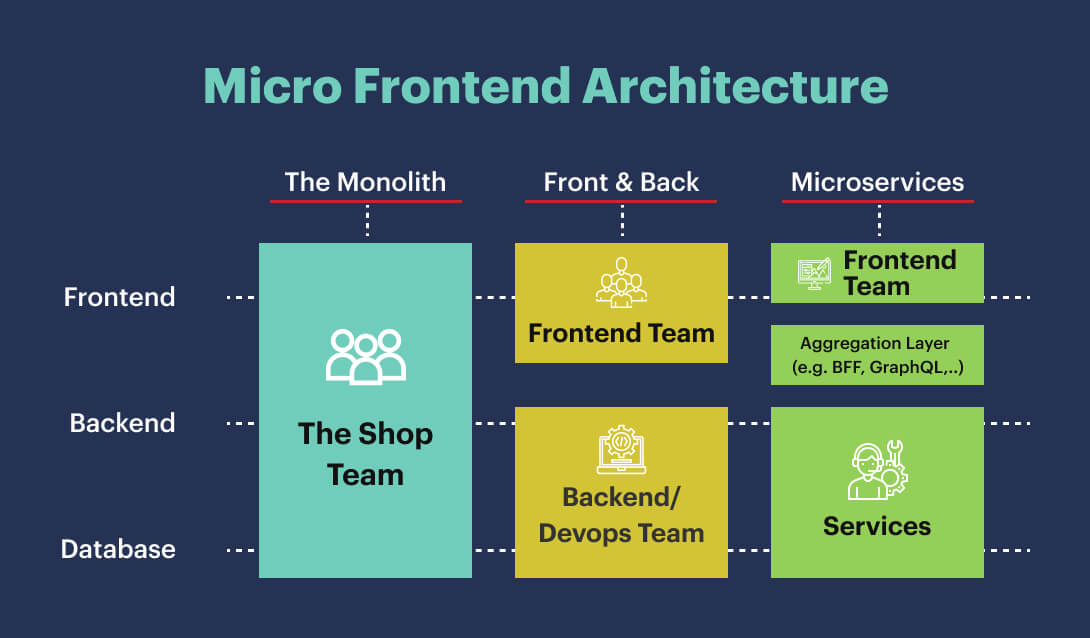Microfrontend architecture, also known as micro-UI or microapp, is an architectural style that involves breaking down a web application into smaller, independent, and modular pieces that can be developed and deployed separately. Each microfrontend is responsible for a specific feature or functionality and can be built using different technologies and programming languages.

The goal of microfrontend architecture is to enable independent development and deployment of frontend components, allowing for faster and more frequent releases, better scalability, and improved maintainability. This approach can also facilitate the integration of multiple frontends into a single application, which can improve the user experience by providing a seamless and consistent interface. Microfrontend architecture is often used in conjunction with microservices architecture, where the backend is also broken down into smaller, independent services. This enables teams to work independently and focus on specific features without affecting other parts of the application.
Some of the key benefits of microfrontend architecture include:
- Improved agility and speed of development and deployment
- Increased scalability and flexibility
- Improved maintainability and modularization
- Improved user experience through consistent interfaces
- Reduced risk of failure through independent development and deployment
Now the common question about patterns and architecture is when to apply them. However, there are also some potential challenges associated with microfrontend architecture, such as increased complexity, the potential for duplication of code and functionality, and the potential for integration issues between microfrontends.
Microfrontend architecture can be applied in various situations, such as:
- Large and complex web applications: When the web application is large and complex, it becomes difficult to maintain and update. With microfrontend architecture, the application can be broken down into smaller, more manageable parts, which can be developed and deployed independently.
- Team collaboration: Microfrontend architecture allows multiple teams to work on different parts of the application independently. This helps to increase team collaboration and productivity.
- Scalability: Microfrontend architecture allows the application to be scaled horizontally, which means that additional instances of the application can be added as needed to handle increased traffic.
- Technology diversity: Microfrontend architecture allows different parts of the application to be developed using different technologies, as long as they can be integrated through APIs.
- User experience: Microfrontend architecture allows for a more seamless user experience, as the application can be broken down into smaller, more focused parts that can be loaded and updated independently. This can help to reduce page load times and improve overall performance.
Category: Software
Tags: Architecture Design Pattern